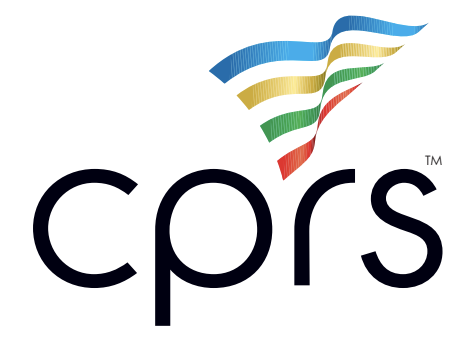Abu-Lughod,R.A. Planning for Crime Reduction: Analysis of Social, Economic, and PhysicalVariables on United States Cities. Ph.D. Thesis, The University of Texas atArlington, Arlington, TX, USA, 2006
Armitage, R. (2014). Crime prevention through environmental design. InBruinsma, G., Weisburd, D. (Eds.), Encyclopedia of criminology and criminaljustice (pp. 720–731). New York: Springer.
Bogar, Sandra, and Kirsten M. Beyer. 2015. “Green Space, Violence, and Crime.” Trauma, Violence, & Abuse 17(2): 160–71.
Branas,C.C.; Kondo, M.C.; Murphy, S.M.; South, E.C.; Polsky, D.; MacDonald, J.M. UrbanBlight Remediation as a Cost-Beneficial Solution to Firearm Violence. Am. J. Public Health 2016, 106, 2158–2164
Branas CC, South E, Kondo MC, Hohl BC, Bourgois P, Wiebe DJ, MacDonald JM. Citywide cluster randomized trial to restore blighted vacant land and its effects on violence, crime, and fear. Proc Natl Acad Sci U S A. 2018 Mar 20;115(12):2946-2951. doi: 10.1073/pnas.1718503115. Epub 2018 Feb 26. PMID: 29483246; PMCID: PMC5866574.
Garvin, Eugenia C, Carolyn C Cannuscio, and Charles C Branas. 2012. “Greening Vacant Lots to Reduce Violent Crime: A Randomised Controlled Trial.” Injury Prevention 19(3): 198–203.
Hedayati Marzbali, Massoomeh, Aldrin Abdullah, Nordin Abd. Razak, and Mohammad Javad Maghsoodi Tilaki. 2012. “Validating Crime Prevention through Environmental Design Construct through Checklist Using Structural Equation Modelling.” International Journal of Law, Crime and Justice 40(2): 82–99.
Jeffrey,C.R. Crime Prevention Through EnvironmentalDesign; Sage: Beverly Hills, CA, USA, 1971
Jennings, Viniece, April Baptiste, Na’Taki Osborne Jelks, and Renée Skeete. 2017. “Urban Green Space and the Pursuit of Health Equity in Parts of the United States.” International Journal of Environmental Research and Public Health 14(11): 1432.
LA84. 2022. “2022 LA84 Foundation Youth Sports Participation Survey by PlayEquityMovement – Issuu.” issuu.com. https://issuu.com/playequitymovement/docs/2022_la84_full_report.
Mancus GC, Campbell J. Integrative Review of the Intersection of Green Space and Neighborhood Violence. J Nurs Scholarsh. 2018 Mar;50(2):117-125. doi: 10.1111/jnu.12365. Epub 2018 Jan 4. PMID: 29314746.
Shepley, Mardelle et al. 2019. “The Impact of Green Space on Violent Crime in Urban Environments: An Evidence Synthesis.” International Journal of Environmental Research and Public Health 16(24): 5119.

